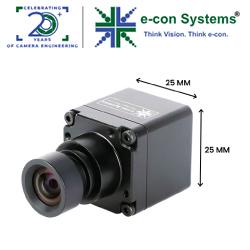Sophia the Robot Is Bestowed with Citizenship of Saudi Arabia
Walmart is using shelf-scanning robots to audit its stores
Why Human-Controlled, Force-Multiplying Robots Are the Future of Work on Earth
Can Robots help get more Girls into Science & Tech?
This Robot Tractor is ready to disrupt construction
Google to build a futuristic neighborhood in Toronto
There's a huge opportunity in robotics for early career computer scientists
How many robots does it take to change a light bulb?
Zume Pizza lands $48 million in funding for robotic pizza delivery
Sony will relaunch its robotics business in 2018 with a dog-like robot designed for homes.
The future of robots could be tiny origami bots that fold into different shapes
Colleges Are Marketing Drone Pilot Courses, but the Career Opportunities Are Murky
Has a French firm finally achieved the holy grail of robotics?
How Switzerland Became The Silicon Valley Of Robotics
1.7 Million New Robots to Transform the World's Factories by 2020 - Forecasts IFR
Records 856 to 870 of 1677
First | Previous | Next | Last
Featured Product

Darsi Pro - AI Compute Box based on NVIDIA® Jetson Orin™ NX
Robotics and Automation - Featured Company

